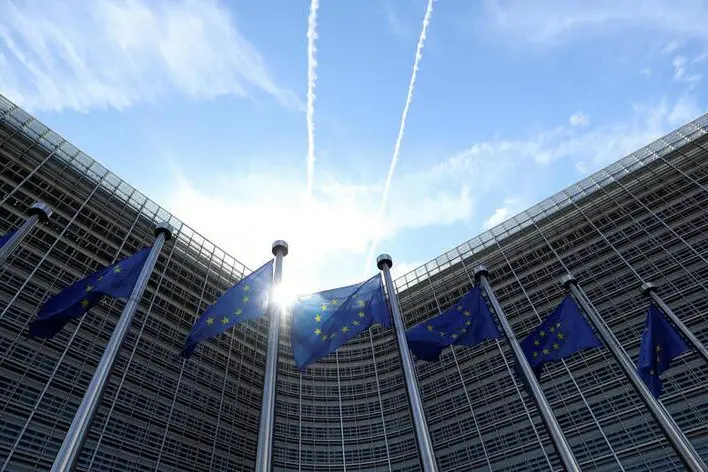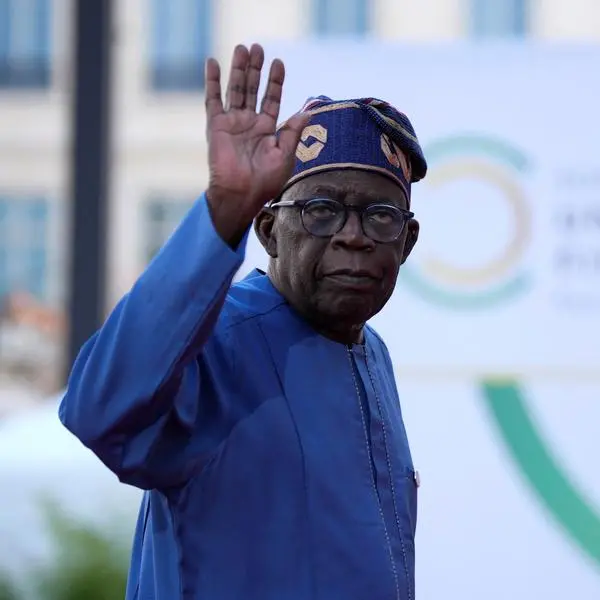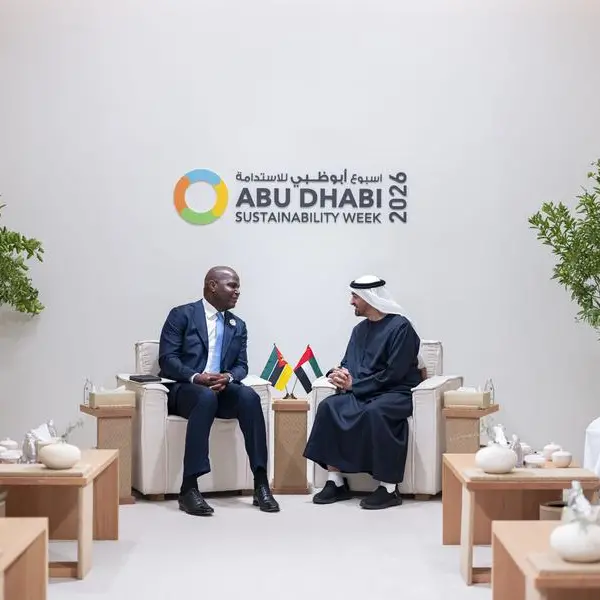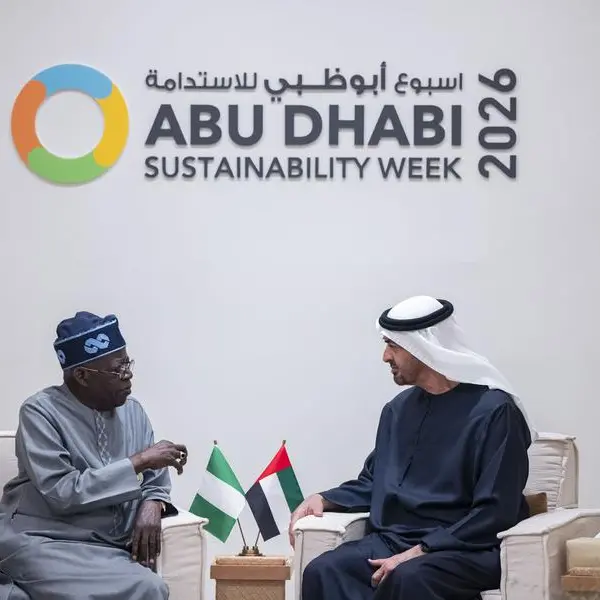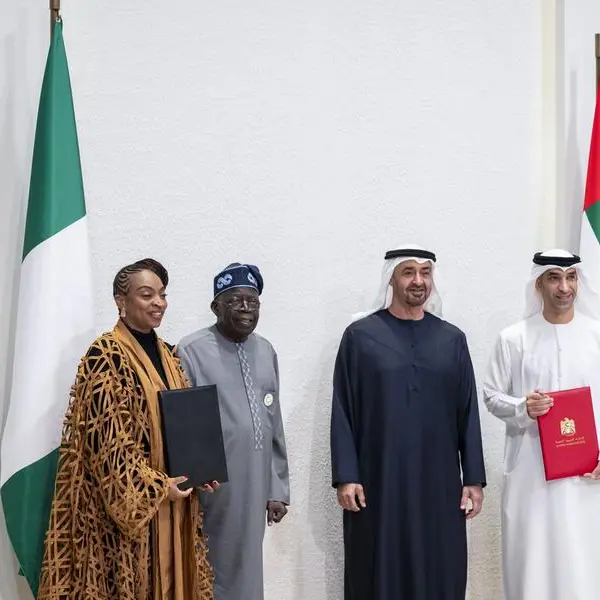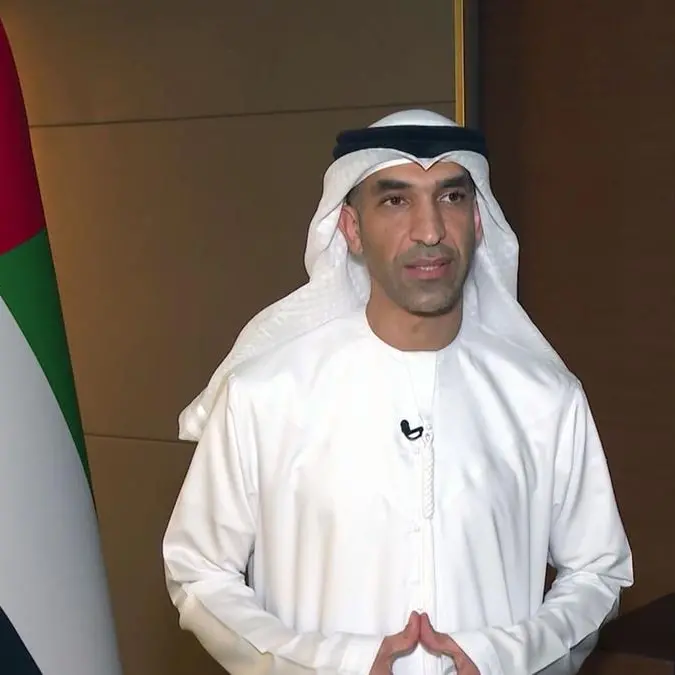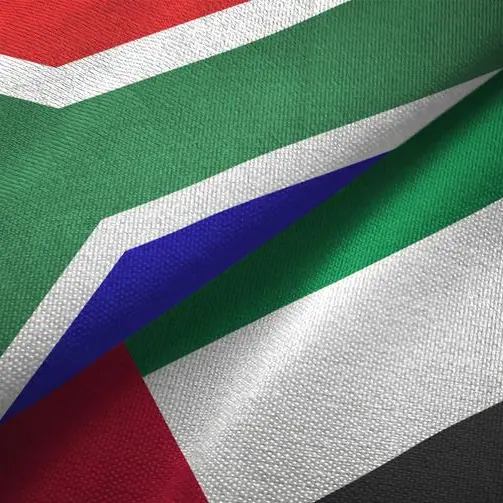PHOTO
While many headlines have been made in 2021 by the intensified US focus on Asia under President Joe Biden, the growing attention that Europe is devoting to the world’s fastest-growing economic region is often overlooked.
The latest signal of European intent toward Asia comes with the Asia-Europe Meeting, or ASEM, to be held in the Cambodian capital Phnom Penh on Nov. 25-26. First conceived by Singapore and France, this forum now comprises 53 partners, including 21 Asian countries, 30 European nations, plus the Association of Southeast Asian Nations and EU institutions.
Postponed from last year because of the pandemic, the meeting will promote political and economic cooperation between the two regions based on mutual respect and equality, while also strengthening multilateralism and encouraging post-pandemic recovery. Collectively, the two mega-regions represent around 60 percent of global gross domestic product, population and trade, with significant potential for the future.
Europe’s underlying goal of engagement with Asia is to build a competitive advantage in comparison with other world powers, including the US. As well as the ASEM summit, the EU holds annual conferences with emerging market giants, such as India and China, plus major industrialized nations, such as Japan, to further this goal.
This is already paying dividends. Take the example of India, the world’s largest democracy and keen to forge stronger ties. Continental Europe is already India’s biggest single trade and investment partner, which is why a new bilateral trade deal under discussion is a key potential prize for both parties. There are wider reasons behind converging interests, including a growing need to develop shared defense forums, such as maritime security in the Indian Ocean, where 40 percent of bilateral trade passes.
While India is a pre-eminent European target in Asia, it is by no means the only one. This was showcased in Europe’s new strategy for cooperation with the region, approved this year by the EU Council, which advocates stability and an “open and fair” environment for trade and investment.
Inevitably, China is also on Europe’s radar here, despite the chilliness in ties since the pandemic. Top of the EU-China agenda is a new comprehensive agreement on investment which, while agreed last December, is yet to be ratified.
The EU-China dialogue is multifaceted, with both sides keen to stress areas of common interest and cooperation, including tackling climate change. The reason EU-China discussions on global warming are generally so cooperative is that, fundamentally, both share a vision of a prosperous, energy-secure future in a stable climate, and recognize the need for bilateral collaboration to achieve this.
Their 2015 global warming agreement, for instance, intensified cooperation in domestic mitigation policies, carbon markets, low-carbon cities, greenhouse gas emissions from the aviation and maritime industries, and hydrofluorocarbons. China’s planned investment in the green economy is huge in coming years, a fact that Europe is increasingly recognizing, and there are substantial commercial opportunities for the region’s technology and science firms, which are leaders on much of the clean technology agenda.
Yet, while Europe’s relations with emerging markets are crucial, the bloc’s ties with industrialized nations are important, too. The EU enjoys a burgeoning bilateral agenda with Japan, and the two powers have stepped up their leadership on international trade and the rules-based economic order.
Japan remains the world’s third-largest economy, and is one of Europe’s top export markets in Asia. In the EU, it is estimated that about 600,000 jobs are now tied to bilateral trade, with an estimated 74,000 European firms exporting to Japan.
This core economic agenda was given a fillip in 2019 when the EU-Japan free trade agreement came into force, covering around a third of global GDP and almost 650 million people. The accord took years to agree, with the headlines captured by the scrapping of almost all duties on Japanese and European imports, respectively.
Beyond the numbers, however, both sides have stressed that the trade treaty is also important because it rests on values and principles. In part, this relates to the fact that the agreement is the first to be struck by the EU that includes language upholding the Paris climate agreement.
Specifically, there is a commitment to support the Paris treaty by making a “positive contribution” to reducing global warming by cutting greenhouse gas emissions. This follows a move by the European Commission to try to ensure that all future EU trade agreements include a reference to meeting the Paris goals.
These three, diverse examples show why Europe perceives such a massive opportunity in Asia. From its emerging markets to its industrialized economies, the region is a growing economic and political priority for EU and other European states trying to steal a march on other major powers in a bid to drive competitive advantage in the post-pandemic era.
- Andrew Hammond is an Associate at LSE IDEAS at the London School of Economics
Copyright: Arab News © 2021 All rights reserved. Provided by SyndiGate Media Inc. (Syndigate.info).
